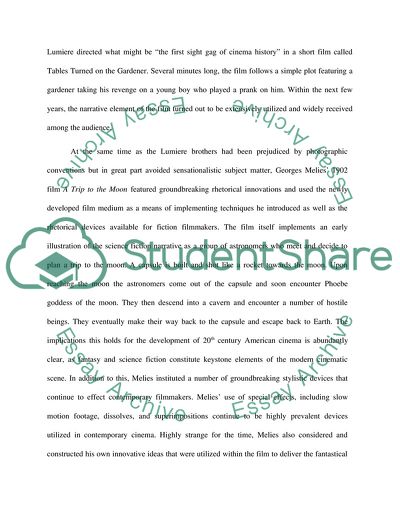Cite this document
(Fifty Years of American Cinema Report Example | Topics and Well Written Essays - 2000 words, n.d.)
Fifty Years of American Cinema Report Example | Topics and Well Written Essays - 2000 words. https://studentshare.org/visual-arts-film-studies/1743782-early-years-of-cinema
Fifty Years of American Cinema Report Example | Topics and Well Written Essays - 2000 words. https://studentshare.org/visual-arts-film-studies/1743782-early-years-of-cinema
(Fifty Years of American Cinema Report Example | Topics and Well Written Essays - 2000 Words)
Fifty Years of American Cinema Report Example | Topics and Well Written Essays - 2000 Words. https://studentshare.org/visual-arts-film-studies/1743782-early-years-of-cinema.
Fifty Years of American Cinema Report Example | Topics and Well Written Essays - 2000 Words. https://studentshare.org/visual-arts-film-studies/1743782-early-years-of-cinema.
“Fifty Years of American Cinema Report Example | Topics and Well Written Essays - 2000 Words”. https://studentshare.org/visual-arts-film-studies/1743782-early-years-of-cinema.


